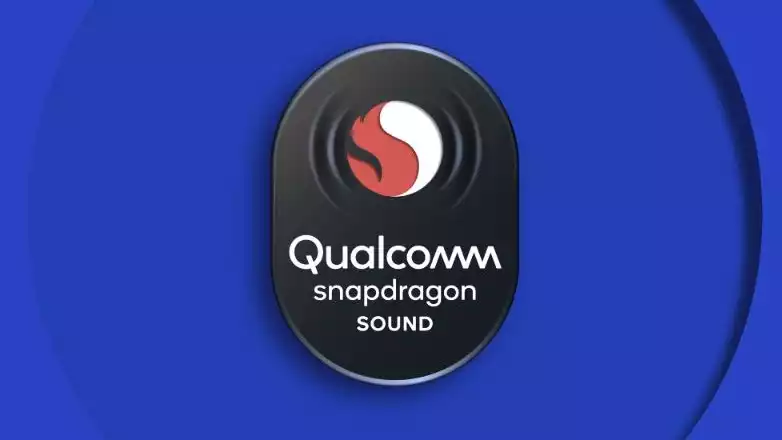Qualcomm has revealed plans to enhance audio performance when using wireless headphones on mobile devices. Qualcomm's Snapdragon Sound combines hardware standards with software upgrades to reduce latency for gaming and video audio and improve playback and voice call quality.
The plan is that Snapdragon Sound-enabled phones and tablets used with Snapdragon Sound-enabled headphones will benefit from an improved connection with lower latency and higher sample rates for music playback and voice calls.
James Chapman, vice president and general manager of Qualcomm's Voice & Music and Wearables business, elaborated on the benefits Snapdragon Sound devices will offer when they launch later this year. One is higher sample rate music streaming. Most Android and iOS devices, including Samsung's flagship Galaxy S21 and iPhone 12, are limited to 48kHz playback, but Snapdragon Sound-enabled SoCs will raise this to 96kHz.
This could allow for more subtle sound reproduction of songs when using high-resolution audio streaming services such as Amazon Music HD, Tidal, and Deezer. There are other benefits to this technology, but those who are less interested in HiFi sound will gain little from this change.
Snapdragon Sound also aims to make mobile gaming sound more responsive when using wireless headphones by minimizing latency; according to Chapman, Snapdragon Sound can reduce this latency to 89 milliseconds. Latency can also cause video audio to be out of sync, so hopefully this problem will be eliminated as well.
Snapdragon Sound also introduces "Super Wideband Voice," which aims to improve the overall quality of voice calls. This is another encouraging move. We recently tested a number of wireless earbuds, including Sennheiser's Momentum True Wireless 2 and Earin A-3, which played well but performed poorly as call headsets.
However, Snapdragon Sound is not a modular upgrade that can be attached to existing phones or headphones; to receive Snapdragon Sound branding, specific Qualcomm hardware must be used. This includes either the Snapdragon 8 series mobile SoC for smartphones, the FastConnect 6900 mobile connectivity system, or the Qualcomm QCC514x, QCC515x, or QCC3056 wireless chips for headphones. Future devices will also be tested in Qualcomm labs to ensure full compatibility with the promised features of Snapdragon Sound.
To give an idea of what this means for the discerning consumer, the packaging will indicate if the technology product is Snapdragon Sound certified. These products will work fine on non-Snapdragon Sound-certified devices, so there is no need to ditch your old headphones when you upgrade your phone. However, both the source device and the headphones must have the official Snapdragon Sound seal of approval in order to receive the main benefits.
Chapman told me that the release date for the first Snapdragon Sound product is "up to the OEM." In any case, we can expect to see Snapdragon Sound-enabled devices by Q2 2021. This means that major upcoming releases like the Google Pixel 6 and the rumored Samsung Galaxy Note 21 could be equipped with it.










Comments